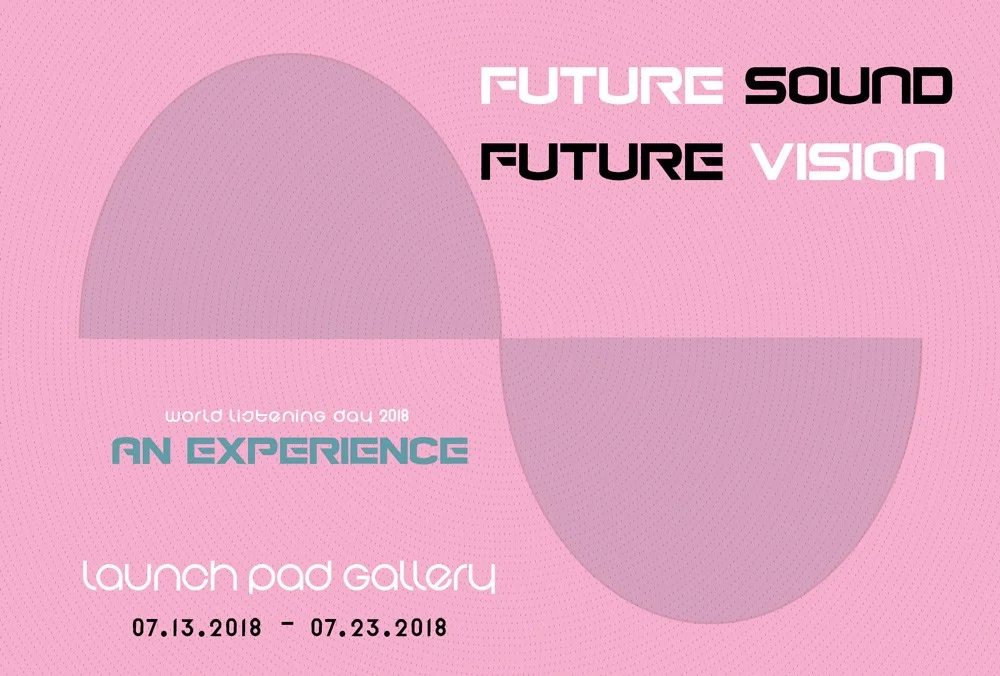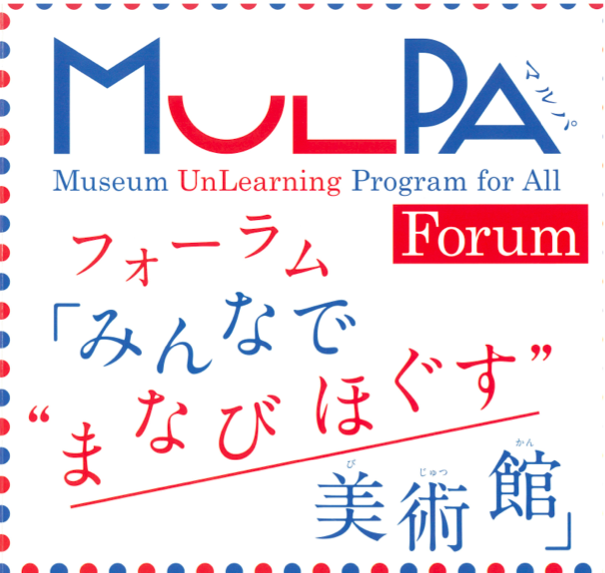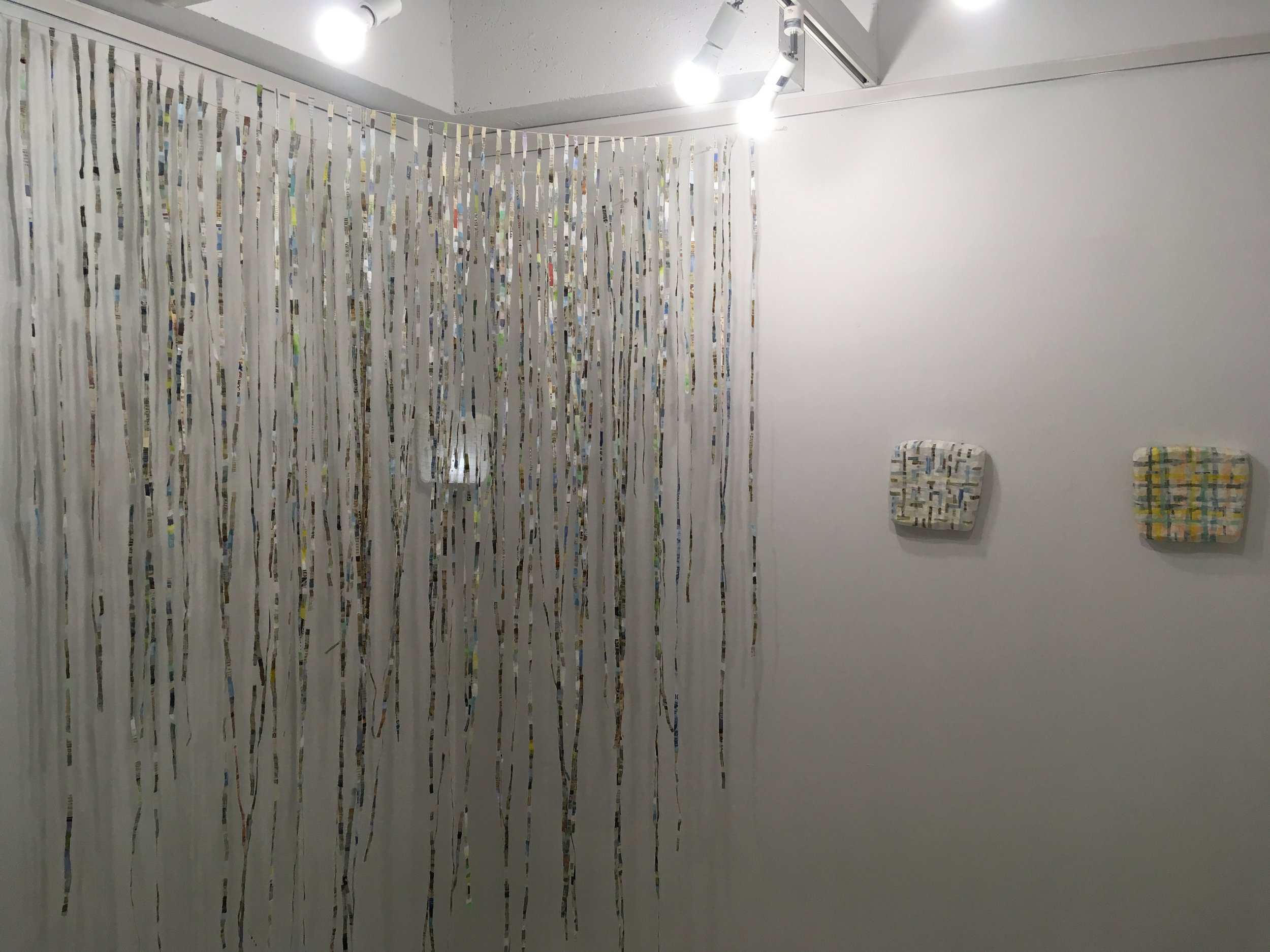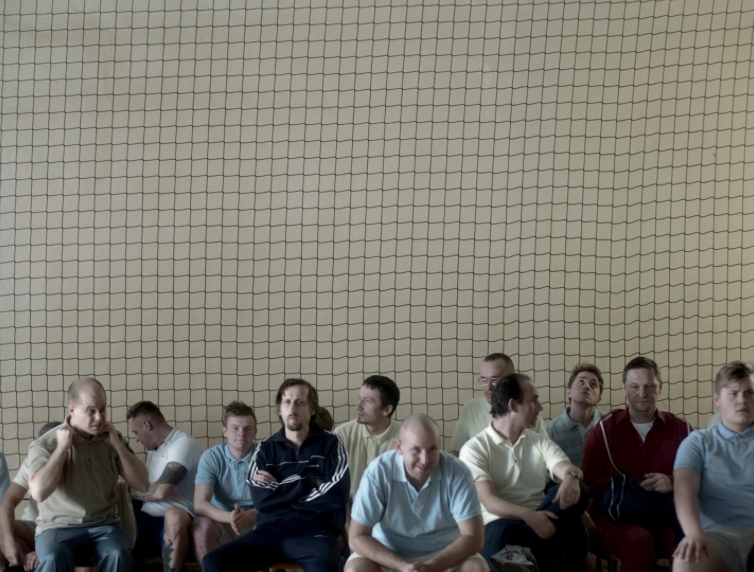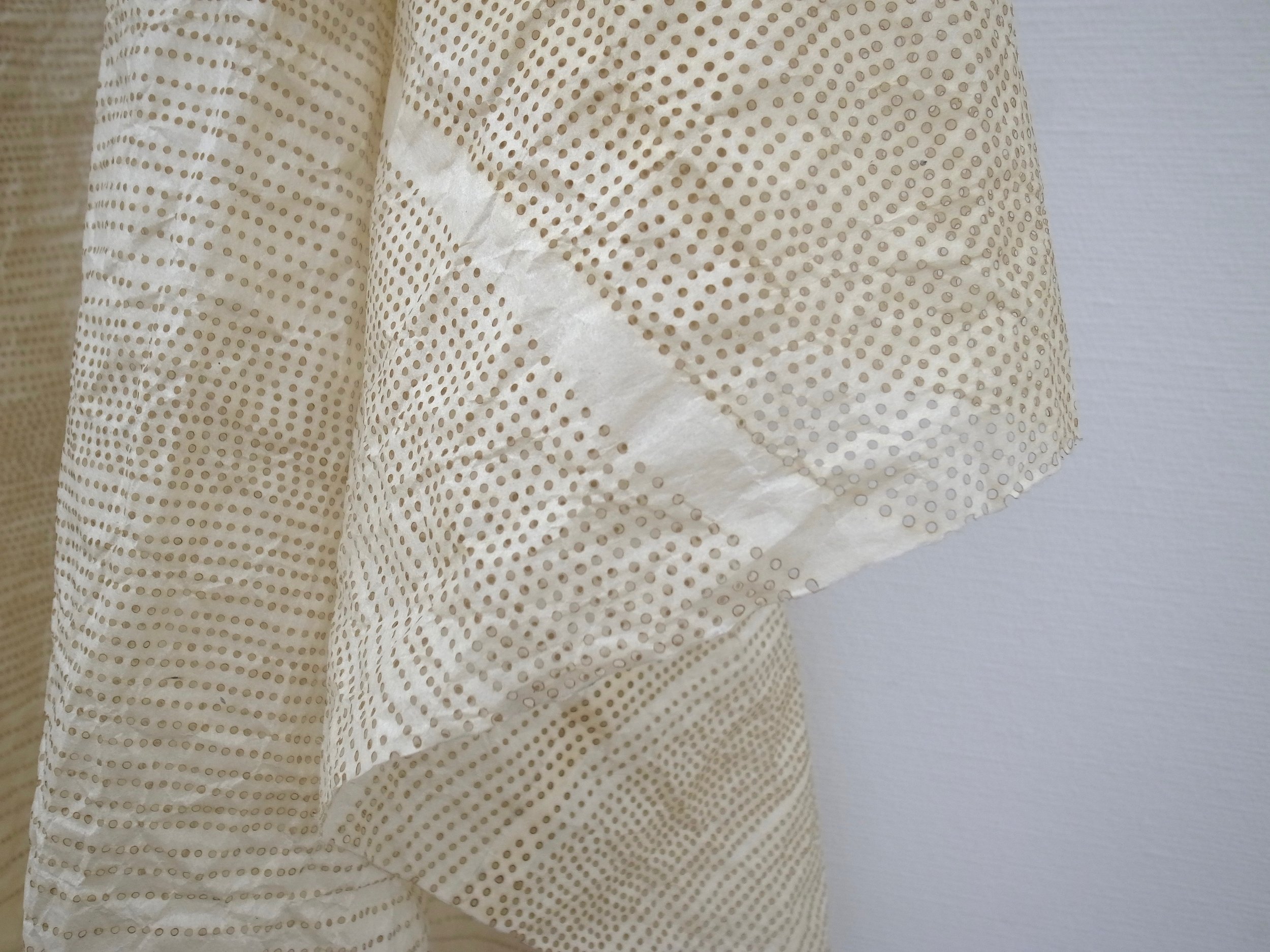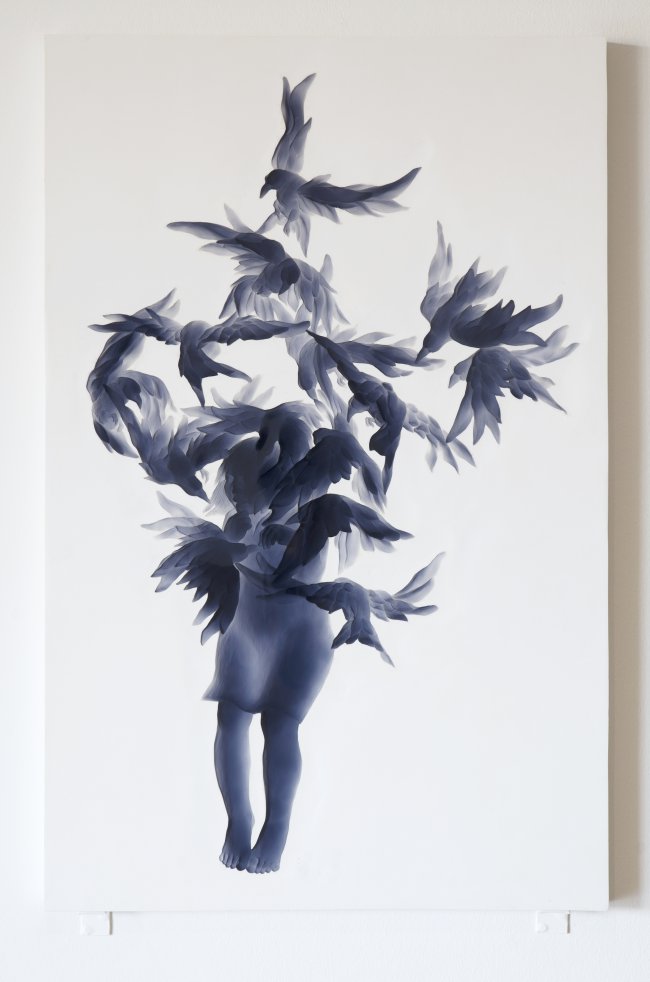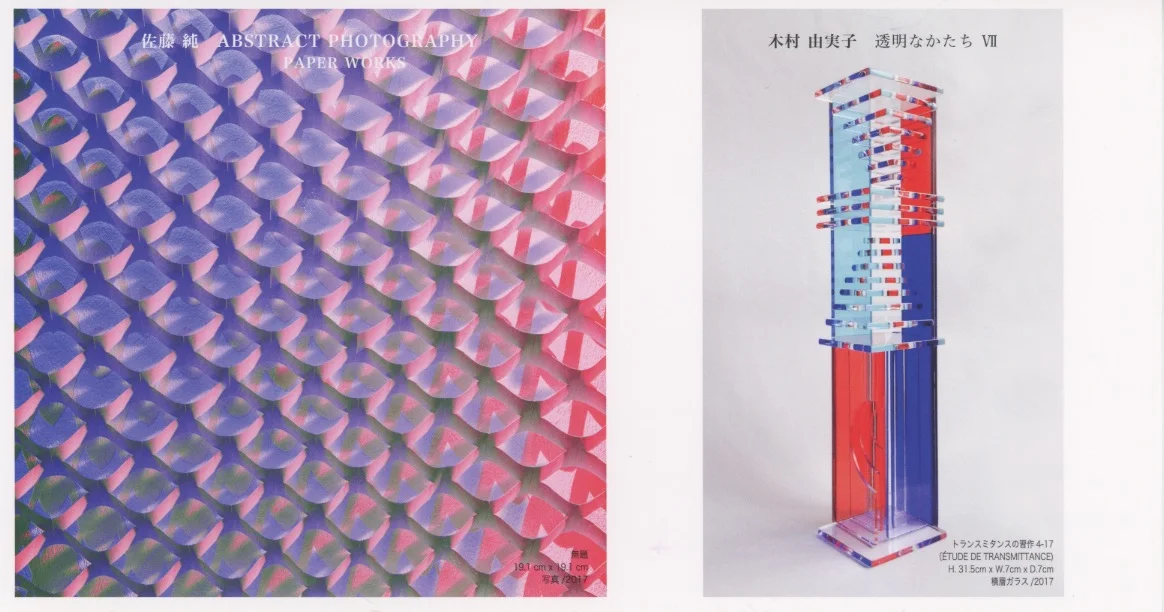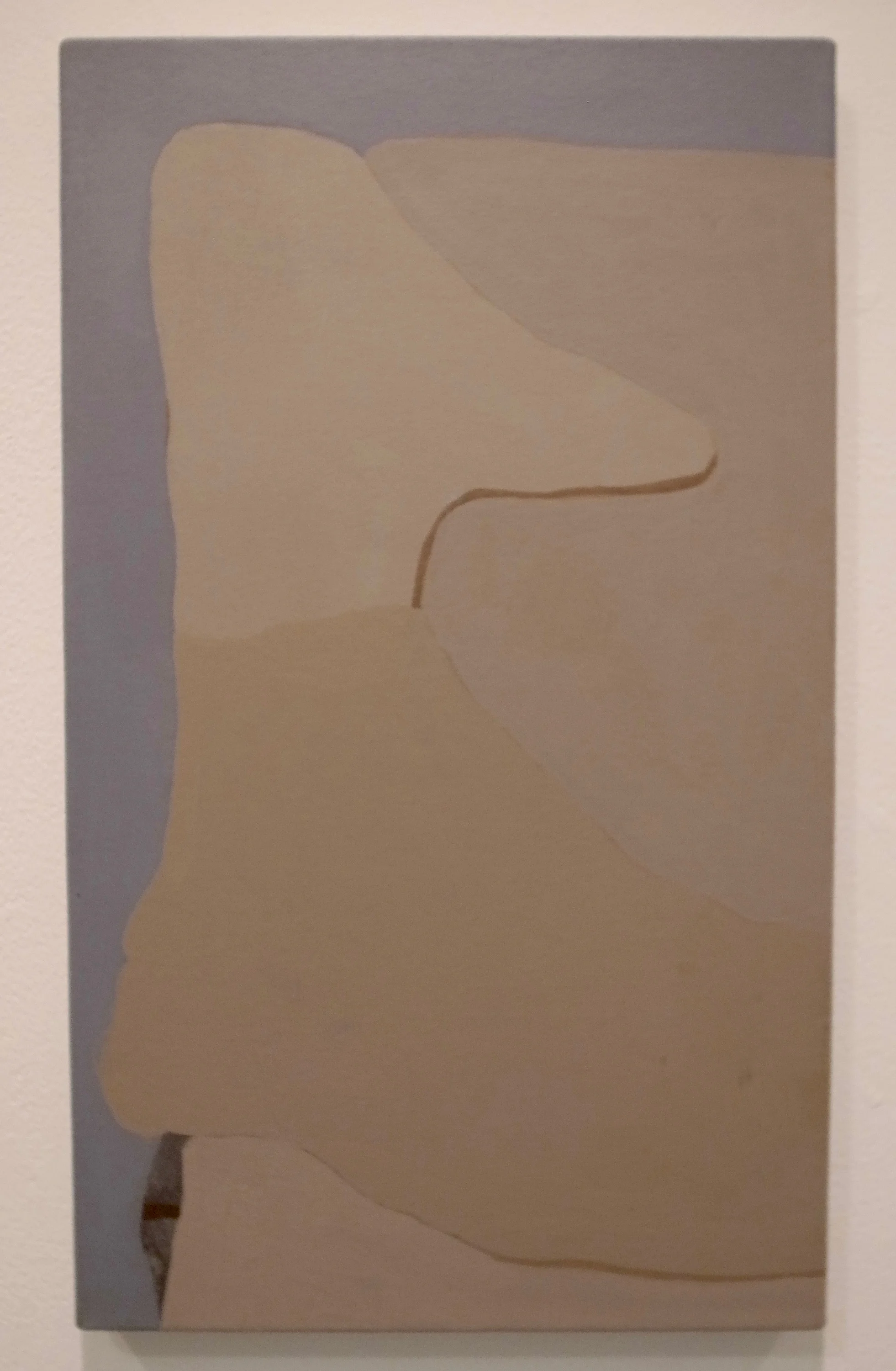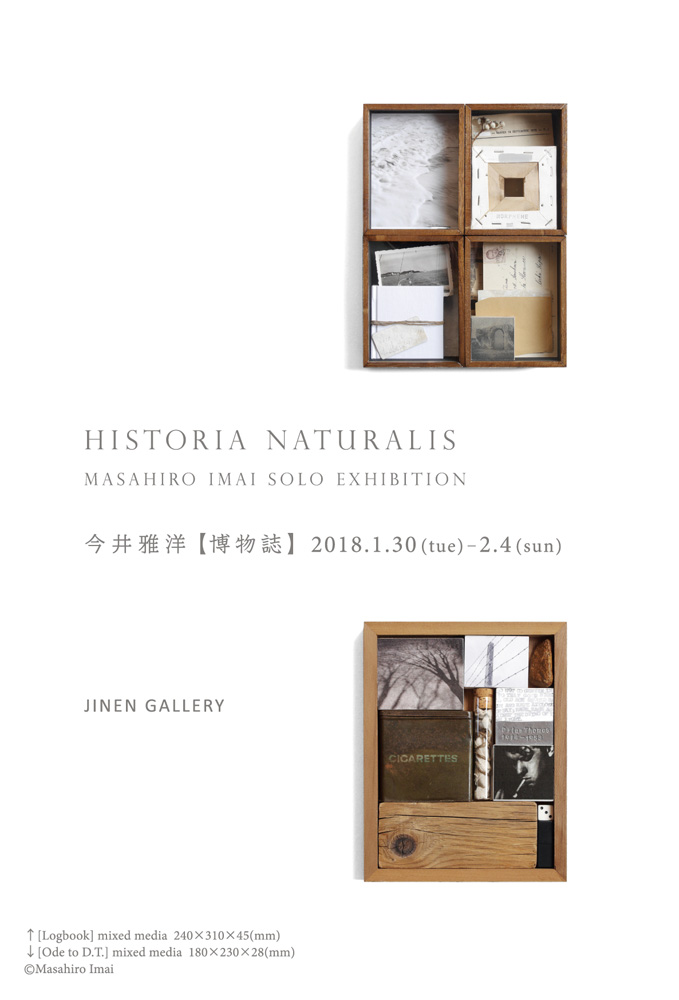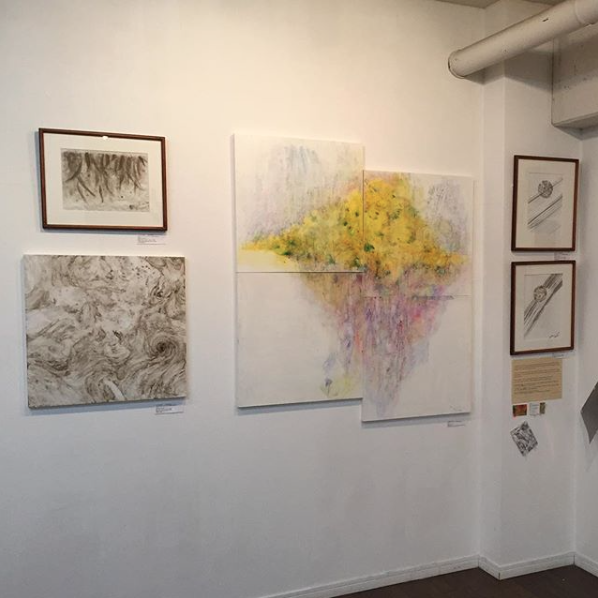"Future Sound + Future Vision" at Launch Pad Gallery starts in a little less than a week. The information for the exhibition is now up on the website with introduction, concepts and participating artists. Just click on the image above.
Additional information about the events and performances should also be up over the next few days and I will add them to this post as they become available.
Here is the information from the Launch Pad Gallery website
“The Tokyo Phonographers Union in conjunction with Launch Pad Gallery present “Future Sound / Future Vision” for World Listening Day 2018. This is a collaborative art exhibition between sound and visual artists. Sound walks, workshops and performances will be included.
More experiment than exhibition this unique collaboration between sound artists and visual artists will be continuously growing and changing with artists working on site at the gallery. Visual artists will create artwork based on inspiration from the sound artists recordings.
We will have special hours from 14:00 - 22:00 each day to accommodate artists and visitors. Guests are free bring beverages (alcohol ok) and food anytime to visit, listen, observe and discuss sound and vision among themselves and/or with the artists.
While most everyone understands what visual art is here are some key points regarding sound art:
* Phonography is the art of field recording or the use of field recordings with the intent of creating a work of art as opposed to the pure documentation of natural sounds. Both processed and unprocessed (straight up) field recordings are used to create phonographic works.
* The Tokyo Phonographers Union is just one of the many phonographers collectives worldwide dedicated to the art of phonography, acoustic ecology and generally concerned with listening or attending to the world around us.
* World Listening Day is co-organized by the World Listening Project (WLP) and the Midwest Society for Acoustic Ecology (MSAE). July 18 was chosen because it is the birthday of Canadian writer, educator, philosopher, visual artist, and composer R. Murray Schafer. His effort leading the World Soundscape Project and his seminal book, ‘The Tuning of the World’, inspired global interest in a new field of research and practice known as Acoustic Ecology.
* A soundwalk is a walk with the intent of listening to the sounds of the environment, discovering and enjoying the natural soundscape of a given area or neighborhood. (landscape : soundscape; landmark : soundmark)
We look forward to your visiting the gallery and participating in the many events we will be posting quite soon.
SOUND ARTISTS:
STILL LIFE (TAKASHI TSUDA/HIROKI SASAJIMA)
MARCOS FERNANDES
CARL STONE
HIROSHI SHIMUZU
YOSHIKO MITSUI
HARUO OKADA
YOICHI KAMIMURA
TADAO KAWAMURA
VISUAL ARTISTS:
SATOSHI SAEGUSA
SHISEI HASHIMURA
MASAAKI IWAMA
YUSAKU SAKAI
KAORI MIURA
AKIRA SHIKIYA
ERIKUSA TEI
TOBBY
ARTHUR HUANG
MUNENORI TAMAGAWA
RISA TSUNEGI
FRED VEE
YOSHIE UEKI”
I have been wandering around my studio gathering possible materials to use for creating works in response to the sound files, sound performances, and sound walks. There is a surprising amount of materials which I have acquired for previous projects dating back more than five years which I am looking forward to using in this exhibition/event.
Beyond the gathering of materials, I have purposefully not given much thought to what I will create to try and let the work happen spontaneously and intuitively. What I can say is what it will not be which are Daily Drawings or Memory Walks eggshells. The only other hints that I can give you are the artists that I have been thinking about leading up to Future Sound + Future Vision.
Julie Mehretu
Sarah Sze
Yuko Mohri
Matthew Ritchie
Marco Maggi
I will be at Launch Pad Gallery and the nearby vicinity for five of the eight days as I listen, make work, participate in lectures and sound walks, possibly collaborate and talk with visitors and other artists. Here is my schedule for "Future Sound + Future Vision"
Friday July 13th - 2:00 - 8:00 pm
Saturday, July 14th - 2:00 - 8:00 pm
Monday, July 16th - 2:00 - 6:00 pm
Friday, July 20th - 2:00 - 8:00 pm
Sunday, July 22nd - 2:00 - 6:00 pm
It is not a fixed schedule, so I maybe there a little earlier and a little later than those hours depending on the day. But If you come by Launch Pad during those times, you will have a good chance of seeing me there.
Finally, here is the access information for those of you making your way to Launch Pad Gallery for the first time.
LAUNCH PAD GALLERY (click to the left for Google Map link)
5-186-8 ISHIKAWACHO NAKA-KU
KANAGAWA-KEN, 231-0868
JAPAN
045-641-0511
VIA JR KEIHIN TOHOKU NEGISHI LINE
Arrive at Ishikawacho Station and head towards South Exit
Use the right side exit opposite the canal
Walk straight for five minutes
VIA YOKOHAMA SUBWAY BLUE LINE
Arrive at Isezaki-Chojamachi Station and head towards Exit 3
Turn left and walk straight for 10 minutes
VIA MINATO MIRAI LINE
Arrive at Motomachi/Chukagai Station and head towards Exit 5
Turn left and walk straight for 20 minutes
